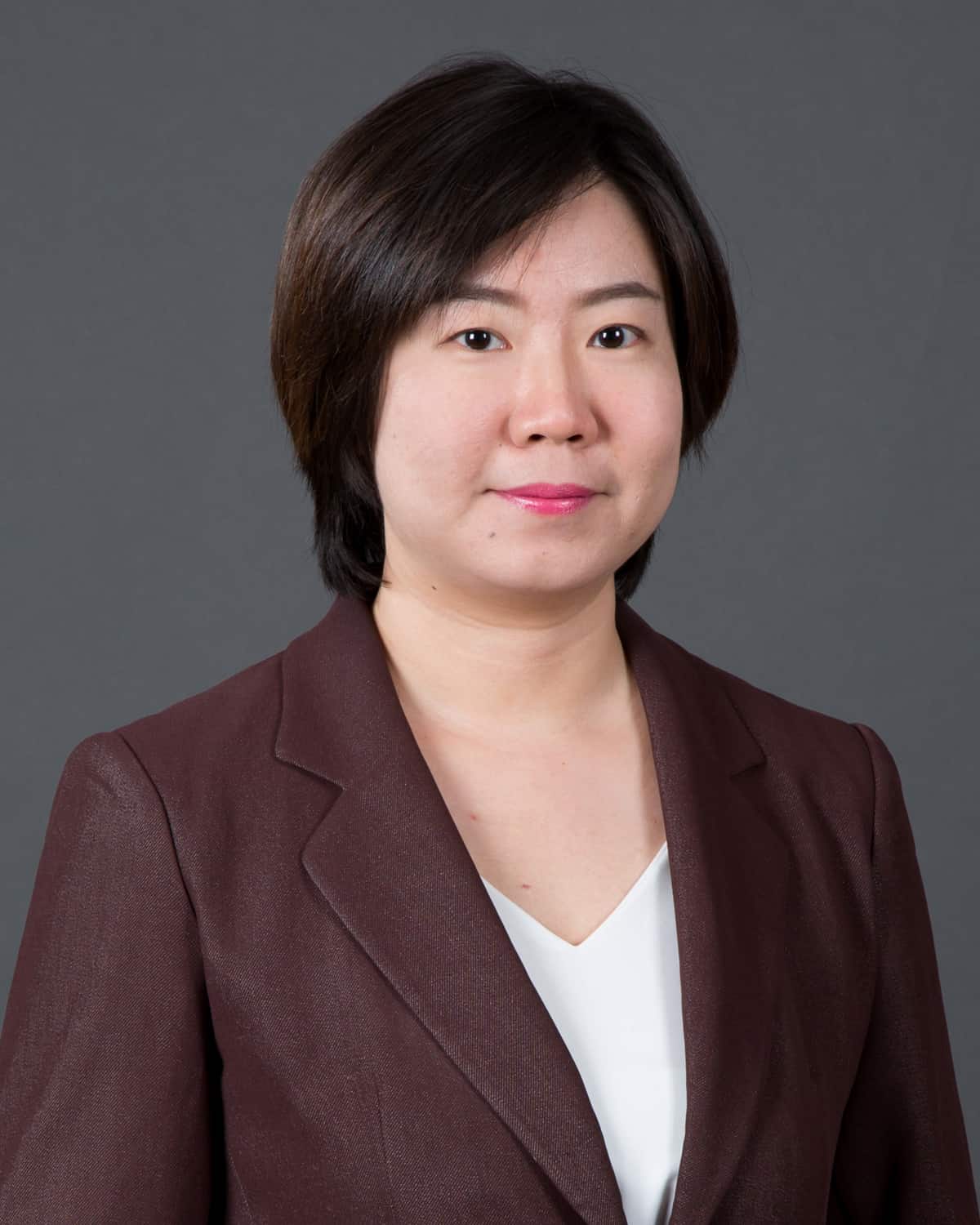During the trademark registration process, the similarity of trademarks is determined by comparing the trademark with another registered trademark. This process may disadvantage trademark owners who own a so-called “family of trademarks.” A recent Supreme Court judgment opened the possibility of allowing a trademark owner to claim exclusive rights over the common elements of such a family of marks in Thailand for the first time.
Valentino’s Trademark Family
Valentino’s group of marks have been recognized by consumers for the common characteristic word “Valentino” as well as device marks featuring a or
symbol, and other composite marks. Valentino’s family marks have been used in such a way that the public associates not only the individual marks, but also the common characteristics of the family of marks, with the trademark owner.
AiTrademark Dispute
Although Valentino S.P.A. had successfully registered a substantial number of trademarks containing the word “Valentino” worldwide, the “Valentino” trademarks in Thailand were challenged by competitor “Valentino Rudy,” raising the issue of whether the word “Valentino” of Valentino S.P.A. is non-distinctive due to being a widely-used Italian name.
Valentino Rudy contended that the word “Valentino” is a general surname which is non-distinctive, successfully convincing the Registrar and the Board of Trademarks. Valentino S.P.A. disagreed with the decisions and pursued the dispute, ultimately leading to a final judgment at the Supreme Court.
The Court’s View
Ruling in favor of Valentino S.P.A. and refusing to allow “Valentino Rudy” to be registered, the Supreme Court took the view that the word “Valentino,” as the personal name of Mr. Valentino Garavani, is not considered to be an ordinary person’s name or a surname known to the general public in Thailand, or to be descriptive of the characteristics of the goods. Therefore, “Valentino” is inherently distinctive.
After considering the context of the “Valentino” series of trademarks above, the Court was of the view that the common element “Valentino” can be associated with a group of goods that are produced or sold by the same proprietor.
In this case the third party had applied to protect the Valentino Rudy mark for the same type of products as the VALENTINO family of marks. It was apparent to the Court that the substantial portion of the trademark shares the identical word “Valentino” with Valentino S.P.A., despite the mark being stylized as a signature and the addition of the word “Rudy.” Such difference is immaterial to the impression of the general public as to the VALENTINO family of marks.
The Supreme Court held that parties’ marks were similar, based on the trademark family principle. The shared characteristics may therefore cause confusion to the public as to the group of Valentino S.P.A.’s trademarks and the source of the goods.
Conclusion
This is the first lawsuit in which Thailand’s Supreme Court has explicitly accepted the concept of “Trademark Family.” It is interesting to note that the Court not only considered the similarity of the trademarks, but also considered a substantial group of related trademarks and then compared their similarities.
Consideration of similarity based on the principle of a “Trademark Family,” in which marks are widely recognized and proven to be sufficiently indicative of the origin of products, can lead to the protection of similar characteristics, preventing any second comers whose marks share characteristics with that trademark family, even if the overall appearance of the trademark is not similar to any specific registered trademark. This new approach brings about considerable benefit to traders seeking to develop their trademarks.


